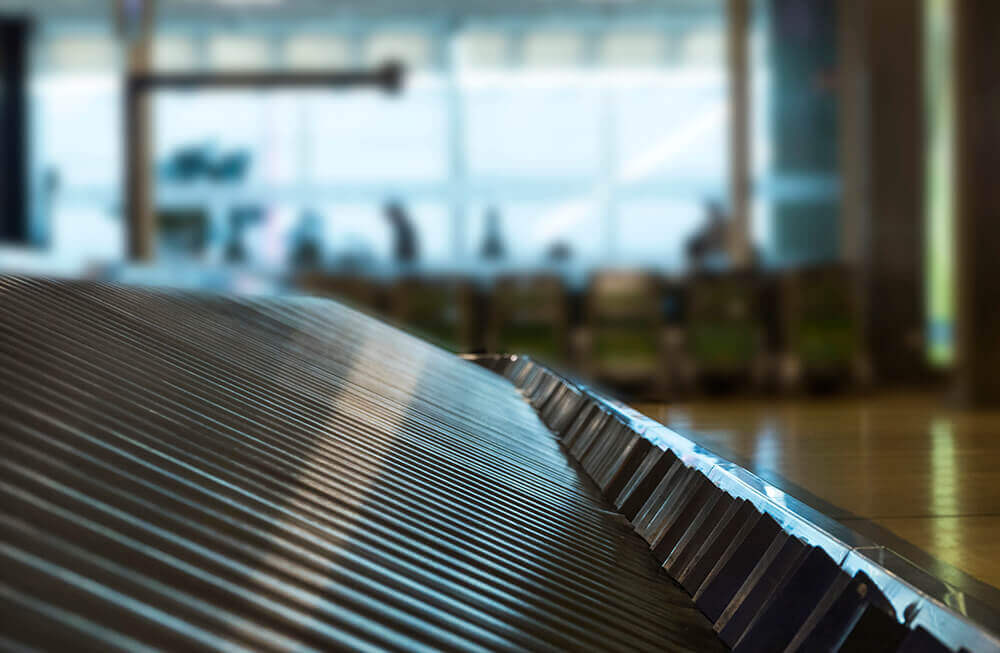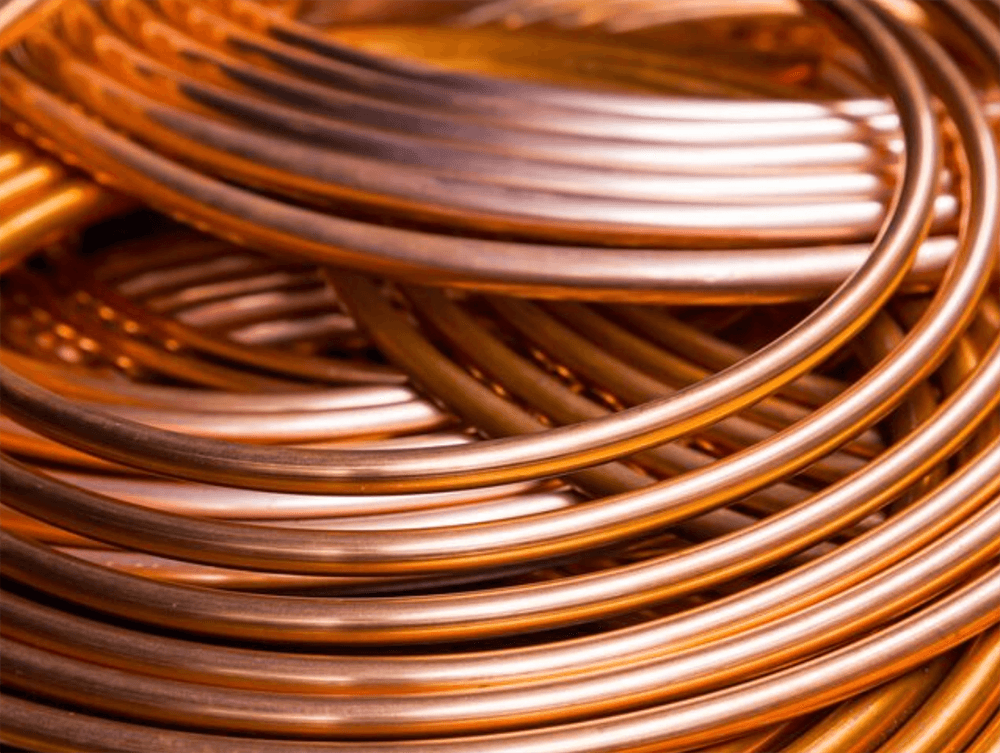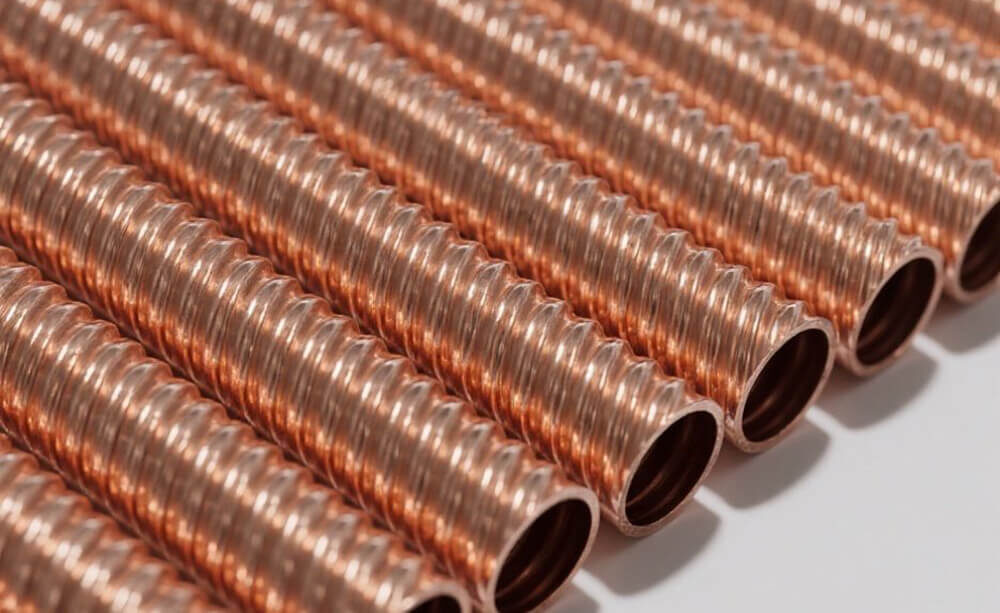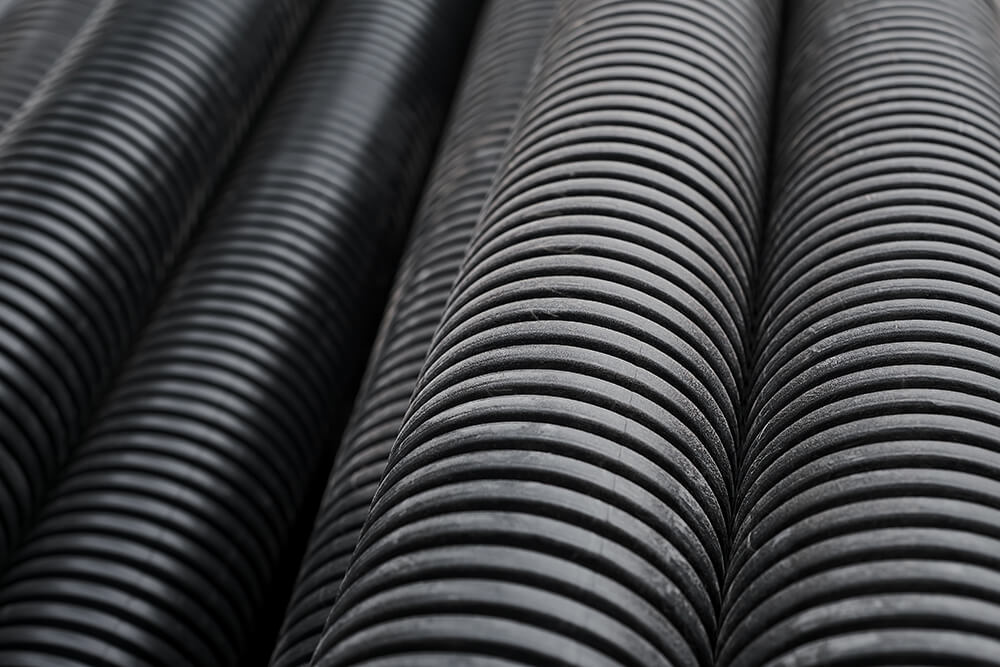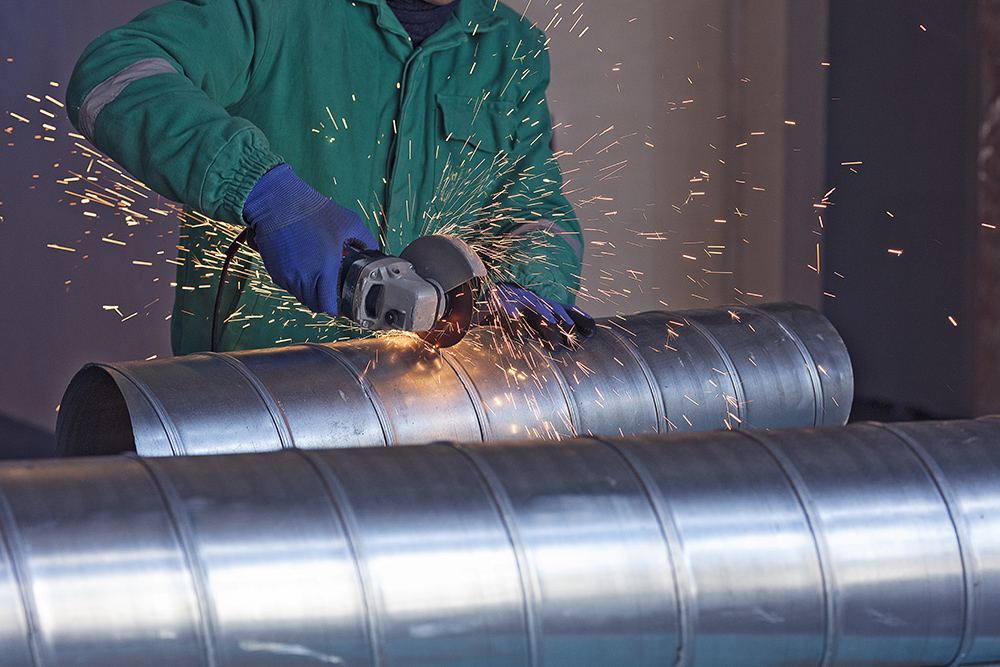The integrity and longevity of perishable goods, particularly food, hinge on meticulously controlled environmental conditions within storage facilities. As global populations grow and supply chains extend, the demand for efficient, reliable, and sustainable long-term storage intensifiers. At the heart of achieving optimal preservation and significant energy conservation in these critical environments lies advanced finned tube heat exchanger technology. These unsung heroes maximize heat transfer, ensuring consistent temperature and humidity, minimizing spoilage, and dramatically reducing operational costs.
HVAC Solutions for Food Storage Facilities: How Custom Finned Tube Heat Exchangers Maintain Optimal Preservation Conditions
Maintaining precise temperature and humidity is paramount in food storage, whether for fresh produce, frozen meats, or dry goods. HVAC systems in these facilities are highly specialized, and finned tube heat exchangers are their core components. They function as evaporators (cooling coils) and condensers within refrigeration and air conditioning circuits.
Custom finned tube designs allow engineers to tailor heat exchange to specific requirements:
- Optimal Fin Spacing: Densely packed fins offer maximum surface area for high heat transfer, ideal for rapid cooling or freezing. Wider fin spacing is preferred in high-humidity environments or for freezing applications to prevent frost buildup, which can reduce airflow and efficiency.
- Material Selection: Corrosion-resistant materials like stainless steel or coated aluminum fins, coupled with copper or stainless steel tubes, are chosen to withstand the often humid and sometimes chemically treated atmospheres of food storage.
- Airflow Management: Finned coils are designed for specific airflow characteristics, ensuring uniform temperature distribution across large storage areas and preventing hot spots that can lead to spoilage. Japanese HVAC manufacturers are at the forefront of integrating these high-efficiency finned coils into their large-scale chilling and freezing units.
By providing highly efficient and customizable heat transfer surfaces, finned tube heat exchangers ensure that a food storage facility, from a small-scale cold room in Shinagawa to a massive distribution center, can maintain the exact climate necessary for optimal preservation, directly impacting food safety and quality.
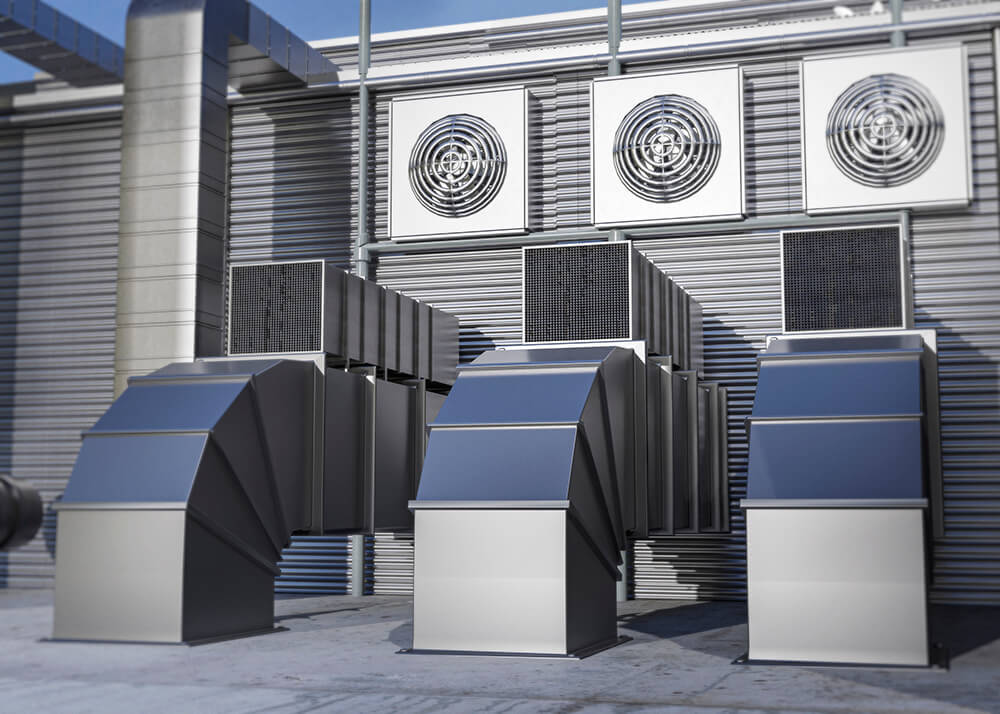
Preventing Moisture Damage in Long-Term Storage: Advanced Heat Exchange Systems Using Finned Tube Technology
Moisture is a silent adversary in long-term food storage. Excessive humidity can lead to mold growth, bacterial proliferation, condensation (which damages packaging and product integrity), and accelerate spoilage. Finned tube technology is central to effective dehumidification within storage environments.
- Dehumidification Coils: Finned evaporators within refrigeration systems cool air below its dew point, causing moisture to condense on the cold fin surfaces. This condensed water is then collected and drained away, effectively reducing the humidity of the circulating air.
- Precise Humidity Control: By carefully managing the coil temperature and airflow over the fins, engineers can achieve highly precise humidity levels tailored to different food types (e.g., lower humidity for grains, moderate for some produce).
- Reduced Defrost Cycles: In cold storage, moisture often turns to frost on evaporator coils. While defrost cycles are necessary, they are energy-intensive. Optimized finned tube designs can minimize frost buildup by improving airflow and surface drainage, thereby reducing the frequency and duration of defrosts, saving significant energy.
The ability of finned tubes to efficiently condense moisture out of the air is paramount in preventing degradation, ensuring the long-term viability and quality of stored food products.
Energy Efficiency Comparison: Traditional vs. High-Frequency Welded Finned Tubes in Commercial Food Storage Applications
The method of attaching fins to tubes profoundly impacts the overall efficiency and longevity of a heat exchanger. In commercial food storage, where continuous operation and minimal downtime are critical, the choice between traditional (e.g., L-foot, embedded) and modern high-frequency welded (HFW) finned tubes is a key energy efficiency consideration.
- Traditional Fins: Methods like L-foot (L-Fin) or wrap-on fins rely on mechanical tension or shallow embedding. While cost-effective initially, they can suffer from thermal contact resistance over time. As the tube and fin undergo thermal cycling (heating and cooling), the bond can loosen, creating microscopic air gaps that hinder heat transfer. This leads to reduced efficiency, increased energy consumption (the system works harder to achieve the same cooling), and shorter lifespan.
- High-Frequency Welded (HFW) Finned Tubes: These are manufactured by continuously welding a fin strip to the base tube using high-frequency induction heating. This process creates a true metallurgical bond between the fin and the tube.
- Superior Thermal Performance: The permanent bond eliminates contact resistance, ensuring maximum heat transfer efficiency throughout the lifespan of the exchanger. This directly translates to lower energy consumption for refrigeration compressors and fans.
- Enhanced Durability: HFW fins are extremely robust, resisting vibrations, thermal cycling, and corrosive environments far better than mechanically bonded fins. This robustness reduces maintenance, extends equipment lifespan, and prevents costly unplanned downtime in critical food storage operations.
- Corrosion Resistance: The full contact between fin and tube in HFW designs can offer better protection of the base tube, enhancing corrosion resistance.
For large-scale commercial food storage facilities, the higher initial investment in HFW finned tubes is quickly recouped through substantial energy savings and reduced maintenance costs over the equipment’s long operational life.
Designing Optimal Climate Control for Prepper Storage Rooms: The Engineering Behind Finned Tube Heat Exchange Systems
Beyond industrial scale, the principles of efficient climate control are equally vital for smaller, specialized “prepper” or long-term household food storage rooms. Here, the challenge is achieving stability with potentially limited resources, and finned tube systems offer scaled solutions.
- Compact Refrigeration Units: Small refrigeration units and dehumidifiers, which contain finned evaporators and condensers, are the primary means of controlling temperature and humidity. These must be correctly sized for the room volume and insulation.
- Passive Cooling Augmentation: In regions with suitable climates, finned tubes can be incorporated into passive systems. For instance, air-to-earth heat exchangers (geothermal pipes) or systems leveraging night-time cooling often feature finned surfaces to enhance heat rejection or absorption.
- Humidity Control: As with larger facilities, condensation on finned coils is the most effective way to remove excess moisture, protecting stored goods like dried grains, canned foods, and emergency supplies from spoilage due to dampness.
- Robustness and Simplicity: For prepper scenarios, systems designed for durability and ease of maintenance, potentially with fewer complex controls, are preferred. Finned tube coils, being relatively simple and robust components, fit this requirement.
The engineering behind these scaled finned tube systems focuses on maximizing efficiency within constrained budgets and often simpler operational frameworks, ensuring that vital supplies remain viable for extended periods.
Industrial Food Preservation: How Advanced Finned Tube Heat Exchangers Extend Shelf Life in Large-Scale Storage Facilities
In the realm of industrial food preservation, extending shelf life translates directly to reduced food waste and improved profitability. Advanced finned tube heat exchangers are fundamental to the massive refrigeration and freezing systems that make this possible.
- Rapid Chill/Freeze Tunnels: Finned tube coils are deployed in high-velocity air blast chillers and freezers. The extended surface area ensures rapid heat removal from large volumes of food, quickly passing through the critical temperature danger zones to lock in freshness and prevent microbial growth.
- Controlled Atmosphere Storage: Beyond just temperature, some facilities utilize controlled atmospheres (e.g., specific oxygen/CO2 levels). Finned coils play a role in maintaining the precise temperature and humidity within these sealed environments.
- Energy Recovery in Cascade Systems: In multi-stage refrigeration systems (like those using CO2 or ammonia), finned tube heat exchangers act as intercoolers or desuperheaters, recovering heat between stages to improve overall system efficiency and capacity.
- Ammonia Air Coolers: For large industrial cold rooms, ammonia-based refrigeration systems are common due to their high efficiency. Finned tube coils designed for ammonia (often steel tubes with aluminum fins) are critical for robust and efficient heat absorption from the storage space.
By enabling precise, energy-efficient temperature management across vast scales, finned tube heat exchangers are indispensable in extending the shelf life of food products, contributing to global food security and reducing post-harvest losses.
Heat Transfer Efficiency in Off-Grid Storage Solutions: The Role of Finned Tubes in Sustainable Preservation Systems
Off-grid storage solutions, particularly relevant in remote areas or for sustainable community projects, face severe energy constraints. Here, finned tubes are crucial for maximizing heat transfer efficiency in systems with limited power input.
- Solar-Powered Refrigeration: In absorption or desiccant-based solar refrigeration, finned tubes enhance heat transfer in the collector (absorbing solar energy) and in the evaporators/condensers. Their high efficiency means less solar energy is required to achieve the desired cooling, making the system more viable.
- Phase Change Material (PCM) Integration: Some off-grid systems use PCMs for thermal energy storage. Finned tubes can be embedded within PCM beds to enhance charging and discharging rates (i.e., quickly absorbing or releasing heat). This is vital because PCMs often have low thermal conductivity.
- Natural Convection Optimization: In completely passive off-grid cold storage (e.g., evaporative coolers, root cellars), finned tubes, even without forced air, can significantly improve heat exchange through natural convection currents, albeit at lower rates than forced convection systems.
- Thermoelectric Coolers: While less common for large-scale, small thermoelectric (Peltier) coolers for very small off-grid applications often utilize miniature finned heat sinks to dissipate heat efficiently from the hot side.
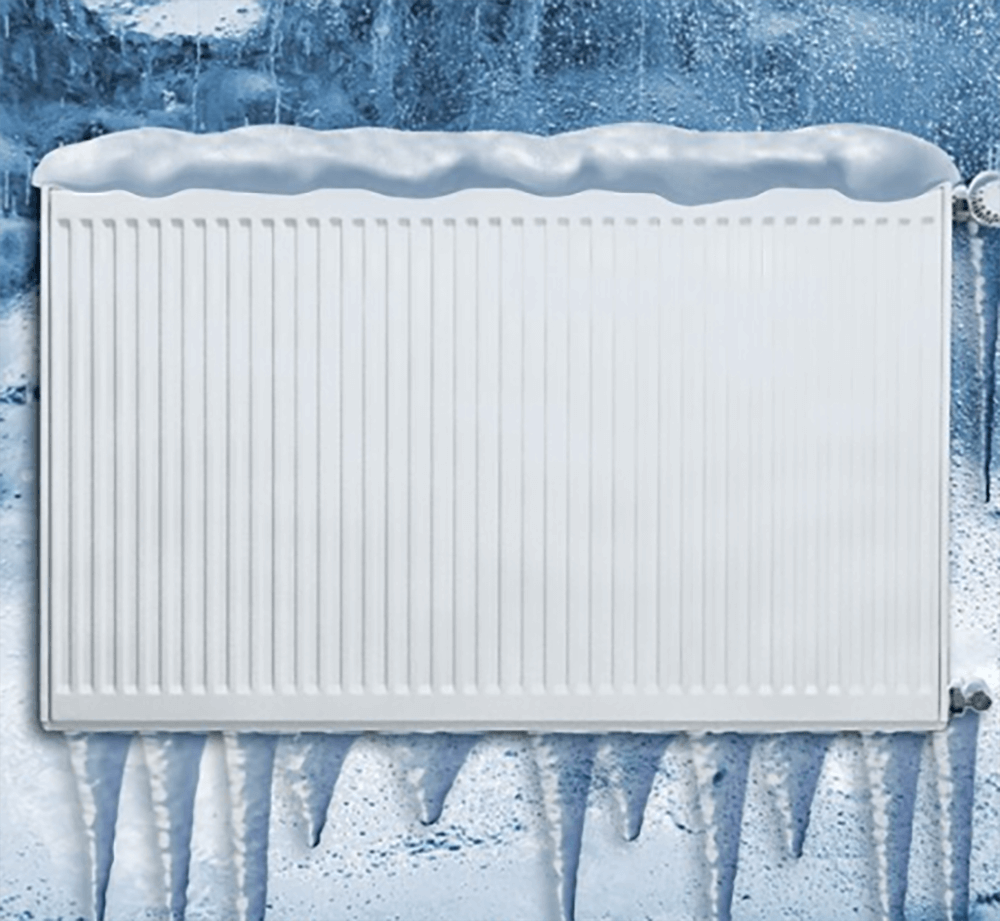
Temperature Stability for Long-Term Food Storage: Technical Comparison of Different Finned Tube Configurations
Achieving consistent temperature stability, rather than just cooling capacity, is vital for food quality over extended periods. Different finned tube configurations offer varying benefits for this specific requirement.
- Fin Density (FPI – Fins Per Inch):
- High FPI: More surface area, higher capacity, faster temperature pull-down. However, more prone to frosting in high-humidity cold storage, which can disrupt stability if defrost cycles are frequent.
- Low FPI: Less surface area, but lower airside pressure drop and less prone to frost. Better for maintaining stable temperatures with less frequent defrosts in cold storage applications where stability is prioritized over rapid pull-down.
- Fin Type (e.g., Plain, Louvered, Corrugated):
- Plain Fins: Simple, robust, consistent airflow. Good for stable, low-turbulence environments.
- Louvered/Corrugated Fins: Induce turbulence, increasing heat transfer efficiency. Useful for applications requiring rapid and aggressive cooling, though they might also lead to higher airside pressure drop and potential noise, which can impact stability control.
- Tube Material & Diameter:
- Copper Tubes: Excellent thermal conductivity, common in standard refrigeration for efficiency.
- Stainless Steel Tubes: Preferred for highly corrosive environments or specific food hygiene requirements, though thermal conductivity is lower than copper.
- Tube Diameter: Affects refrigerant pressure drop and heat transfer surface.
- Coil Circuiting: The way refrigerant or cooling fluid flows through the finned tubes affects temperature uniformity across the coil, directly impacting the stability of the air exiting the coil. Optimized circuiting ensures even cooling.
Engineers meticulously select and combine these configurations to design heat exchangers that provide the precise balance of cooling capacity, dehumidification, and critically, temperature stability required for different types of long-term food storage.
Sustainable Cold Chain Solutions: Custom Finned Tube Heat Exchangers for Emergency Food Supply Networks
The “cold chain” is the backbone of modern food supply, ensuring perishable goods remain at safe temperatures from farm to fork. For emergency food supply networks, ensuring this chain is robust, reliable, and sustainable is paramount, especially in disaster-prone regions like Japan. Custom finned tube heat exchangers play a critical role.
- Energy Efficiency for Resilience: In scenarios where power grids might be compromised, energy-efficient cold storage becomes a matter of food security. Custom finned tube designs maximize the output from limited or alternative power sources (e.g., generators, battery banks), making emergency cold storage more resilient.
- Modular & Deployable Units: Finned tube coils are integral to modular, containerized refrigeration units that can be rapidly deployed to disaster zones or remote locations for emergency food storage. Their robust construction (often with HFW fins) ensures they can withstand challenging transport and operating conditions.
- Low GWP Refrigerants: Japan, through its regulations, is pushing for refrigerants with low Global Warming Potential (GWP). Custom finned tube heat exchangers are designed to work optimally with these newer, more environmentally friendly refrigerants (e.g., HFOs, natural refrigerants like CO2 and ammonia), supporting the sustainability goals of the cold chain.
- Waste Heat Recovery: In larger emergency hubs, finned tube economizers can recover waste heat from power generation (if applicable) to reduce the overall energy footprint of the cold chain, contributing to a more sustainable and resource-efficient operation.
By enabling high-efficiency, reliable, and adaptable refrigeration solutions, custom finned tube heat exchangers are central to building a sustainable and resilient cold chain, safeguarding vital emergency food supplies in times of crisis.
In conclusion, finned tube heat exchanger technology is the silent powerhouse behind high-efficiency heat exchange in long-term food storage facilities. From the largest industrial cold rooms to specialized personal storage, and from robust marine applications to innovative off-grid solutions, these components are continuously refined to maximize energy conservation, ensure optimal preservation conditions, and extend the lifespan of perishable goods. As the world navigates increasing demands on food supply and a pressing need for sustainability, the evolution and strategic application of finned tubes will remain pivotal to ensuring food security for generations to come.

